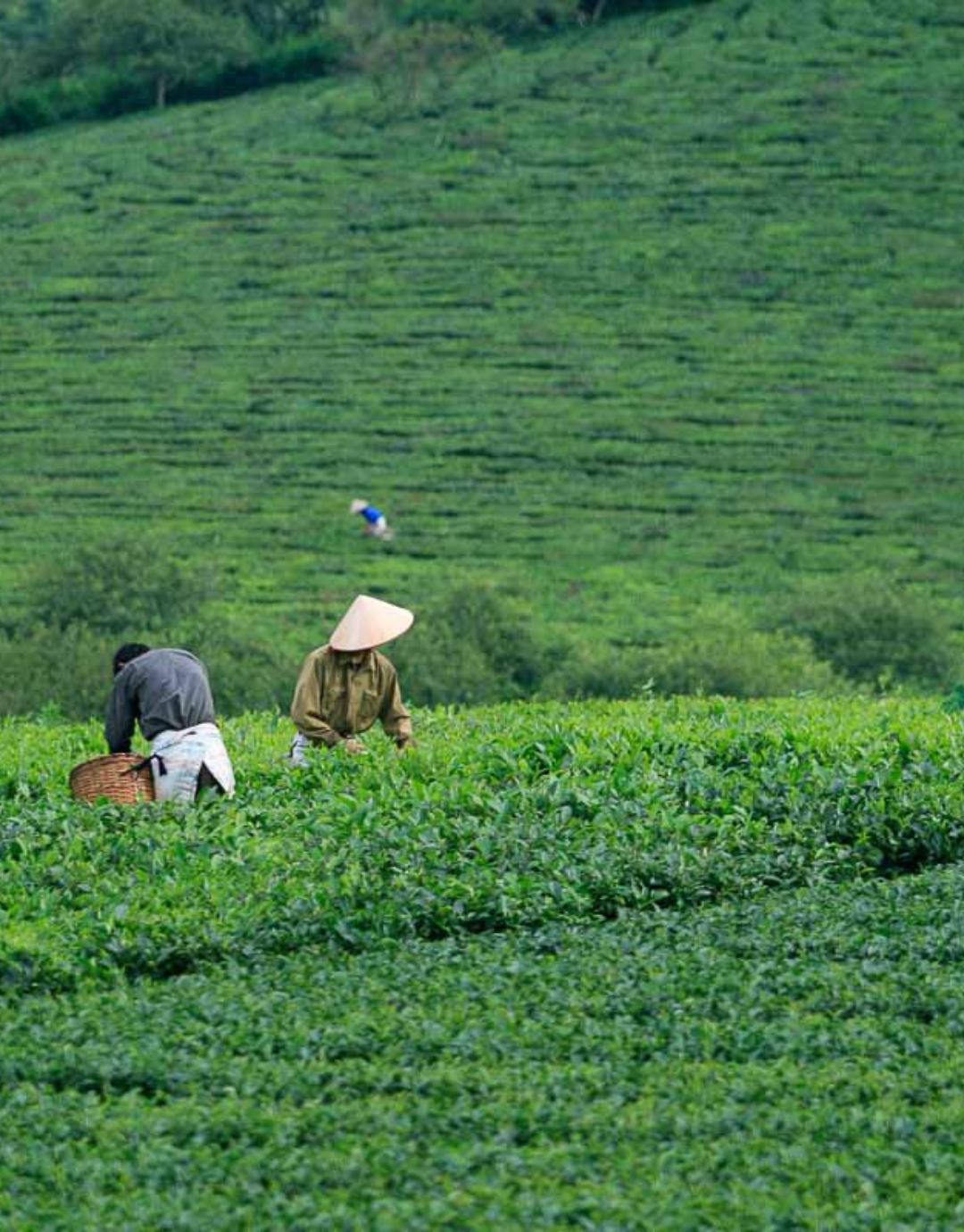Persiana everyday kitchen ingredients
The Persiana kitchen shelf uses lots of herbs and spices but Of course in everyday persiana there are many more common ingredients. Here are some other key ingredients which distinguishing the Persiana Kitchen.
Tomato Paste
Tomato paste has a strong presence in lots of Persiana dishes, from soups to stews. It adds a burst of flavour and appetizing orange-red colour to foods. Tomato paste is the thick concentrate of tomatoes prepared by slow-cooking them for several hours. In comparison to tomato purée or sauce, tomato paste has a deeper flavour. It gives the finished mouthwatering look to dishes like Dizi or Gheymeh-e Bademjan.
Tamarind
Also known as the date of India, Tamarind is a brown edible fruit of the leguminous tree. The pulp surrounding the large seeds in pods is green and tart but when ripped it changes to a thick brown mild sour substance.
This tropical bean-like fruit gives a sour touch and unique taste to the Persiana Foods. It is the main seasoning of Ghalye Mahi, a tasty spicy fish stew and Morgh-e Torsh.
Pomegranate Molasses
It is thick pomegranate syrup. This thick dark ingredient gives a sweet-sour and tangy flavour. Pomegranate molasses give iconic taste and add jolts to dishes like Fesenjoon or Ash Anar.
Sour Grape Juice (Ab Ghooreh)
Verjuice, or sour grape juice, is the extract of Ghooreh, unripe grapes. For its sour taste, it flavours various Iranian foods like sauces, dressings, stews (such as Khoresh Bademjan). Ab Ghooreh with a pinch of dried mint and black pepper make an extraordinary seasoning for Salad Shirazi.
Rose Petals & Rose Water (Golab)
This highly aromatic floral water made from condensing the steam from steeping rose petals in water. Golab has a high place in the Persiana culinary culture. It gives a delicate appetizing aroma to so many sweets and desserts such as Shole Zard, baklava, traditional ice cream and Faloodeh.
Orange Peel (Pooste Porteghal)
Orange or tangerine peel is a favourite seasoning ingredient in Persiana culinary. Its sweet fragrance beside its bright orange colour makes it a good choice for flavouring and garnishing cakes and foods like Morasa Polo (Persiana jeweled rice) or Zereshk Polo.
It is easy getting rid of the bitter taste of orange peels. After being cut off and sliced, they need to get sweet. You need to boil them in hot water, and adding sugar, rose-water and cardamom.
Whey (Kashk)
It is a staple seasoning ingredient in Persiana cooking. This thick white-grey paste has a cheesy scent and salty-sour taste. The dried form of Kashk is a healthy snack and the paste form usually used in cooking. It goes well with sautéed dried mint (Nan-e Dagh) for dressing Ash Reshte or makes a delicious eggplant dish, Kashke Bademjan or Kaljoosh, a simple but tasty traditional soup.
Other Persiana ingredients to look out for...
Aside from spices, a good Persiana kitchen cupboard will also have some essential staples which include dried limes, dried rose petals and a host of fresh green herbs which should include parsley, coriander, mint, tarragon, mint, dill and fenugreek.
Fruit is also integral to Persiana cooking with barberries, pomegranate, apricots, raisins, quince, prunes and plums all having a starring role in countless Persiana recipes.




